1919–1932: The Weimar Republic
Back-
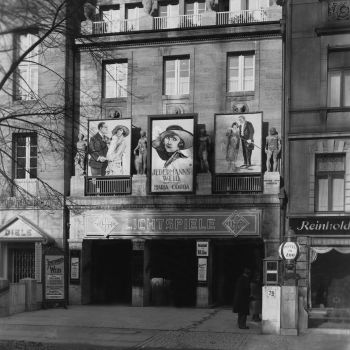
Ufa-Lichtspiele (formerly: U.T., later: Filmbühne Wien), Kurfürstendamm 26 (Berlin-Charlottenburg), 1924
Source: Deutsche Kinemathek -
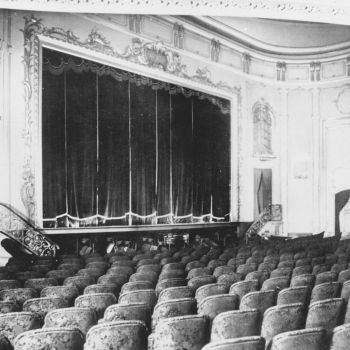
Gloria-Palast, Kurfürstendamm 10 (Berlin-Charlottenburg). The auditorium of the Gloria-Palast, which opened in 1926, was designed in a historicizing neo-Baroque style.
Source: Deutsche Kinemathek -
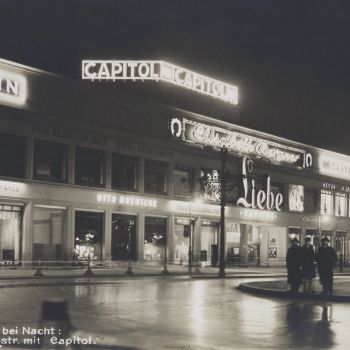
Capitol am Zoo, Budapester Str. 42–44 (Berlin-Charlottenburg). Around the same time that the Gloria-Palast was built, the northeastern section of Hardenbergstraße located along Auguste-Viktoria-Platz (now Breitscheidplatz) was renamed Budapester Straße in 1925. Based on plans by architect Hans Poelzig, a new structure with a modern façade was erected on the north side of the street (photo 1927).
Source: Deutsche Kinemathek -
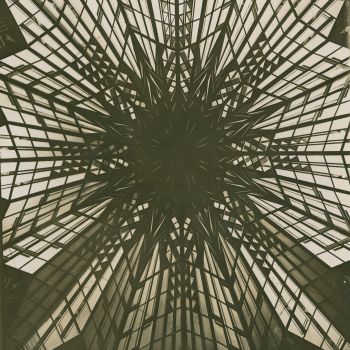
Phoebus Palast, Königgrätzer Straße (Berlin-Kreuzberg), now Stresemannstraße 90. The Phoebus Palast, a new structure with a spectacular dome, opened in 1926.
Source: Deutsche Kinemathek -
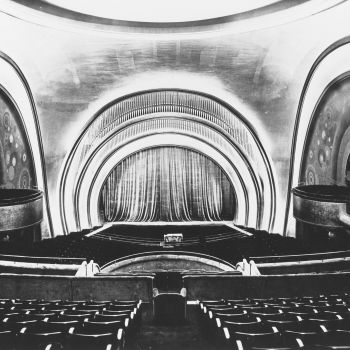
Titania-Palast, Gutsmuthstraße 27/28 and Schloßstraße 4–5. Located in Berlin-Steglitz, the 1928 opening of this grand cinema caused a sensation.
© Deutsche Kinemathek – Hans Casparius -
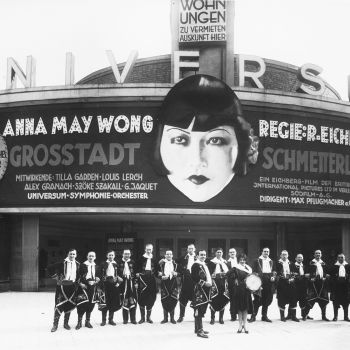
Universum, Kurfürstendamm 153 (Berlin-Halensee). The Universum movie theater, based on a design by architect Erich Mendelsohn, was built in 1929.
Source: Deutsche Kinemathek -
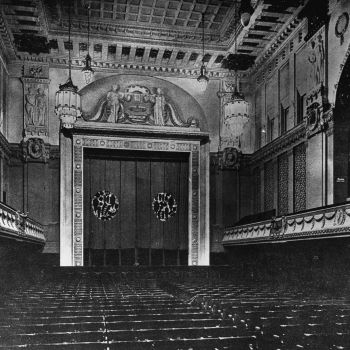
Mozartsaal-Lichtspiele, Nollendorfplatz 5 (Berlin-Schöneberg), shown before its redesign in 1928. In the 1920s the interior also recalled its former use as a concert hall.
Source: Deutsche Kinemathek -
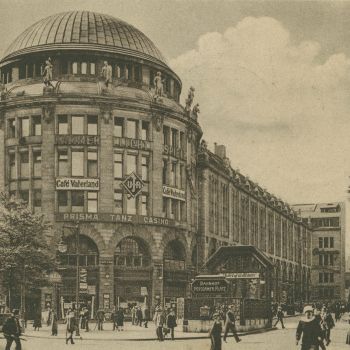
Kammerlichtspiele at Haus Vaterland, Köthener Str. 1–5 (Berlin-Tiergarten). Photo from the period after 1923, when the Leipziger Platz U-Bahnhof (subway station) had already been renamed Potsdamer Platz. At that time Ufa was using this movie theater for film premieres.
Source: Deutsche Kinemathek -
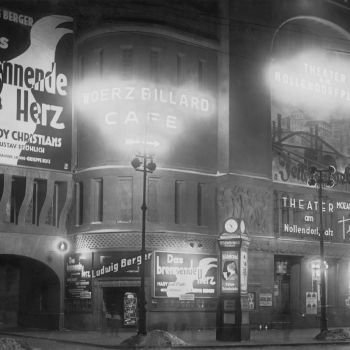
Mozartsaal-Lichtspiele, Nollendorfplatz 5 (Berlin-Schöneberg), 1929.
Source: Deutsche Kinemathek -
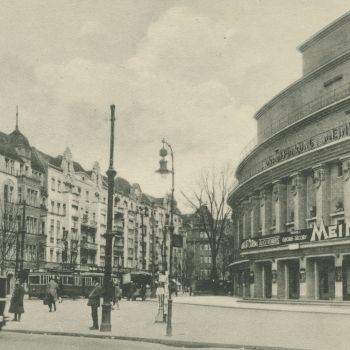
Beba-Palast (Atrium), Kaiserallee (Berlin-Wilmersdorf), now Bundesallee 178/179, 1929. The monumental atrium structure offered altogether more seating in the balcony than in the orchestra.
Source: Deutsche Kinemathek -
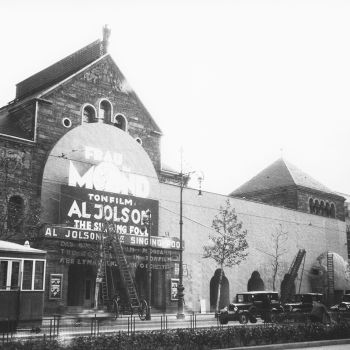
Ufa-Palast am Zoo, Hardenbergstr. 29a–e (Berlin-Charlottenburg). The first sound films in Berlin were shown at the end of the 1920s. On the façade of the Ufa-Palast am Zoo an announcement for the premiere of Fritz Lang’s silent film ‘Frau im Mond’ (1929) competed with advertising for the musical ‘The Singing Fool’ (USA, 1928, directed by Lloyd Bacon), which contained some synchronized musical and talking sequences.
© Deutsche Kinemathek – Hans Casparius -
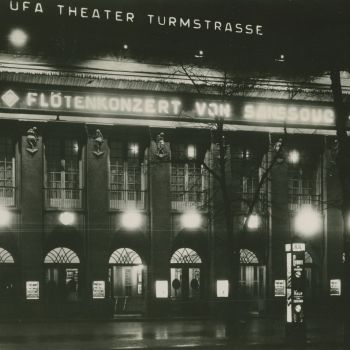
Ufa-Theater Turmstraße, Turmstraße 25/26 (Moabit), 1930/31
Source: Deutsche Kinemathek -
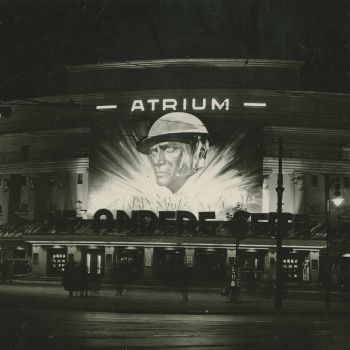
Beba-Palast (Atrium), Kaiserallee (Berlin-Wilmersdorf), now Bundesallee 178/179, 1931. The triple-tiered attic on the rounded façade recalled the Colosseum in Rome.
Source: Deutsche Kinemathek -
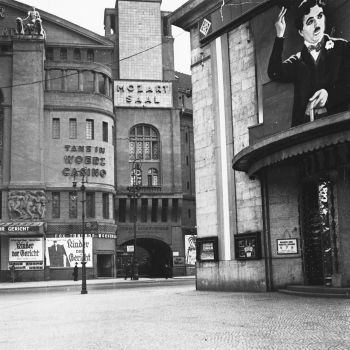
Mozartsaal-Lichtspiele, Nollendorfplatz 5 (Schöneberg), 1931
Source: Deutsche Kinemathek -
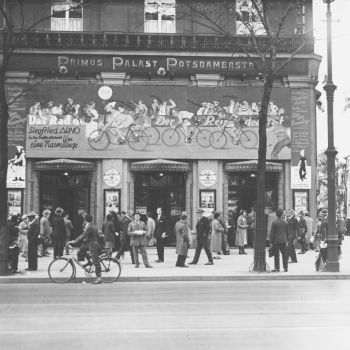
Primus-Palast (Biophon-Theater-Lichtspiele), Potsdamer Straße 38 (Berlin-Mitte), 1931
Source: Deutsche Kinemathek -
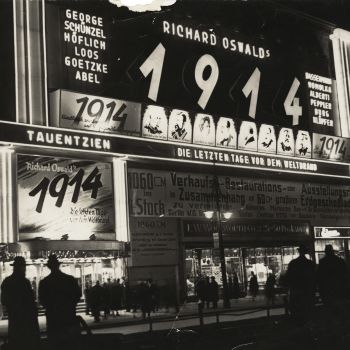
Tauentzienpalast, Nürnberger Straße 57–59 (Berlin-Schöneberg), 1931. A movie theater had stood at this location since 1913.
Source: Deutsche Kinemathek -
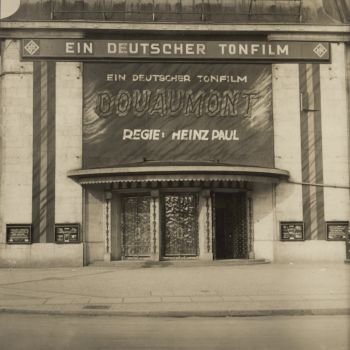
Ufa-Pavillon am Nollendorfplatz (formerly Cines), Nollendorfplatz 4 (Berlin-Schöneberg), 1931. This movie theater had been operated by Ufa since 1925.
Source: Deutsche Kinemathek -
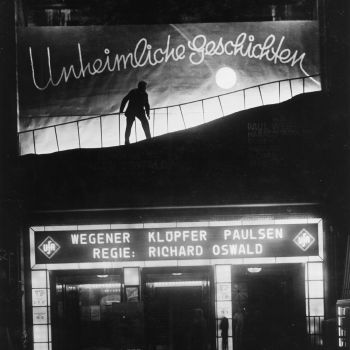
Ufa-Lichtspiele (later: Filmbühne Wien), Kurfürstendamm 26 (Berlin-Charlottenburg), 1932
© Deutsche Kinemathek – Hans Casparius